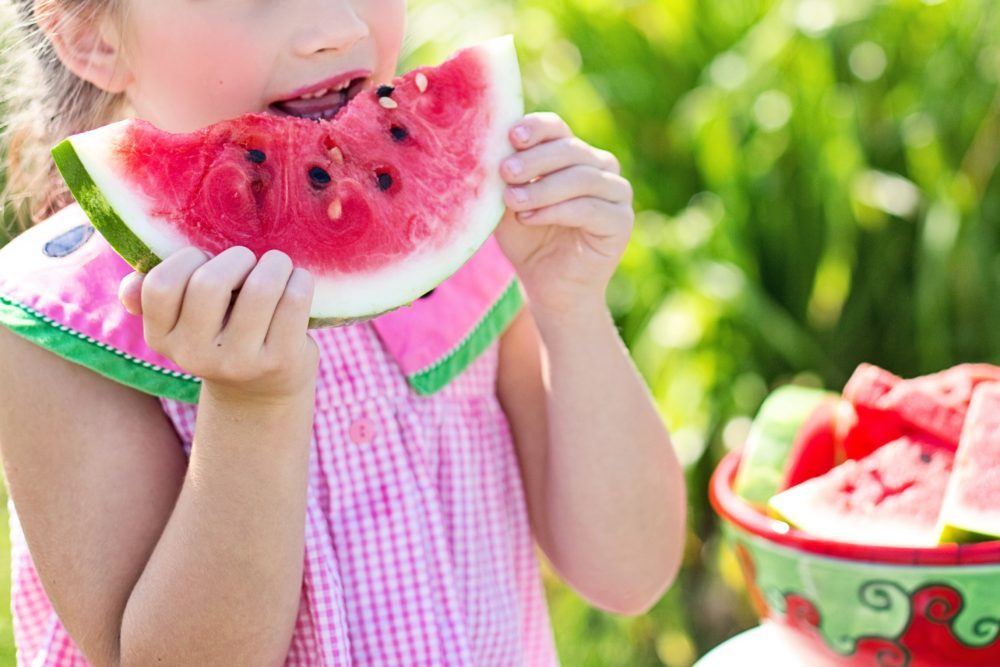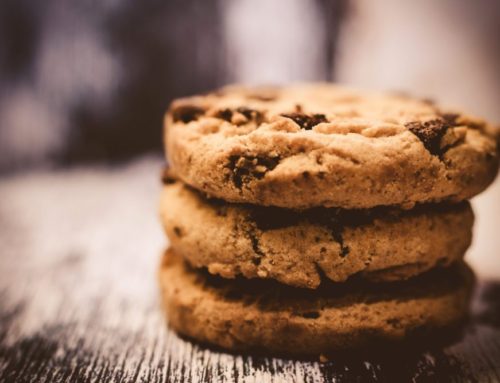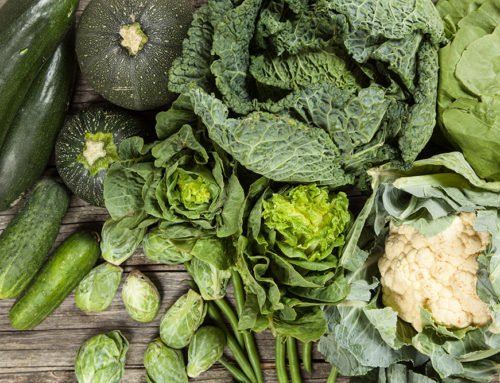Changing your own diet can feel like a monumental task. When your child has health issues that warrant big changes in what they eat, it can be downright overwhelming. Working around children’s food sensitivities and guiding them to give up foods they love can be tough but there are some strategies we can use to ease the journey and get them on board with eating the foods that can nourish and heal their unique systems.
Support, Support, Support
Whether you are changing your child’s diet to eliminate food allergies, decrease behavior issues/anxiety/irritability, address auto immune conditions, boost immune response, heal gut issues, decrease adhd or autism symptoms, support thyroid function, manage Lyme disease or PANDAS, or balance blood sugar, it will be more manageable if you have support. Parenting a child with health challenges can be excrutiating. Taking on food changes against that backdrop might feel impossible. Getting support as you move through this is essential.
Who supports you as you tackle food changes with your child? Who supports you as you make dietary changes for your own health? Take some time to reflect on these questions and enlist the folks that come to mind to be your cheerleaders as you move forward. You may want to include providers like a therapist or health coach who can give you their undivided attention, encouragement, and problem-solving.
Kitchen Collaboration (aka “buy in”)
Depending on your child’s age, they can work with you in a variety of ways to have some ownership over their food choices. My 3 year-old has always been gluten and dairy free so avoiding these foods is fairly easy for him. Getting him to eat more vegetables, however, is a bit challenging. He is most open to eating food he has helped to prepare. So, when I get him planting, weeding, and harvesting in the garden, he eats more greens. When I let him cut up mushrooms with a butter knife (under adult supervision ☺), he will eat some of them. Older kids can help by picking out recipes that appeal to them and making a meal schedule. My 10-year-old jumped on this opportunity when I let her do it on the iPad. I opened a vegan website and let her peruse the recipes and save the ones she liked into our online meal planner. You can also have kids pin appealing recipes to a Pinterest page. What are some age-appropriate ways your child can be involved in food preparation and planning?
Give the Why
We all tend do better at making behavior changes when we understand why we are doing it. This is true for our kids as well. If your child is eliminating gluten to address thyroid issues, help them to understand why that is helpful. Visuals can help make sense of the why. I recently drew a cartoony version of gut villi to illustrate to my 10-year-old how permeable gut works and why her multiple food sensitivities are happening. This leads logically to why avoiding specific foods for a while will help her gut heal and reduce her symptoms. She was much more positive about the changes after looking at these ideas together.
Make it Yummy
Feeling deprived can undermine healthy eating. This is true for grown-ups as well as kids. With food sensitivities, we often need to fully eliminate offending foods. Whenever possible, it feels better to approach dietary changes with the idea of crowding out the less healthy foods by increasing the healthier foods, rather than going cold turkey.
It is important to honor cravings when we can. This doesn’t mean we should indulge with a sugary treat because your child craves one. But, if your child is craving a food that they are not able to eat currently, get creative about how to satisfy that craving with a healthier choice. My daughter loves pizza but isn’t eating gluten or dairy. We have been experimenting with variations on cauliflower crusts. After a few different recipe attempts, she started to like the project of being a food critic and talking about what worked and what didn’t. We go on and on about it at dinner and laugh about the past fails. Then, when we like something, we add it to her list of approved recipes. Her siblings help by recipe testing and cooking things that help satiate her cravings. Paleo vegan sugar free cookies were the magic this week. Indulging her craving for cookies and acknowledging her sadness about rarely eating baked treats totally shifted her mood and outlook about her food sensitivities.
What does your kid love to eat? Are there ways to provide some of what they are craving while keeping the food healthy? Can anyone else in their support circle or family bring some energy to the project by cooking or tasting or brainstorming? Sometimes we can get food fatigue when we are hustling to create healthy meal after meal within the confines of a child’s food restrictions and taste preferences. You don’t have to go it alone… schedule an appointment if you’d like my help with this. I love to support parents and kids in finding foods that work.



